Summary
General Information
Routes via North and Northeast flanks
Country: Chile
Region: Región Metropolitana
Area:
Face: Norte
Altitude gain: 1550 m. From the La Parva Ski Center
Number of journeys: 1
Trail: Claro y marcado
I did it
Mountain route
ROUTES VIA NORTH AND NORTHEAST FLANKS
Appropriate season
From December to March is the best season, though La Parva is easily climbable all year round. In winter, one must be prepared to face extreme climatic conditions. The wind chill on this mountain leads to extremely low temperatures as the climber is very exposed to the north wind.
Access
Take the Camino de Farellones, following the road to the La Parva Ski area. At the highest point of the paved road in the village of La Parva, continue uphill on the dirt roads through the ski area. Hike, or if the roads are usable, drive, to the highest point (sector Piuquenes) of the ski area, which is located just below the pass between Cerro Franciscano and Cerro Falsa Parva. From the beginning of the Camino de Farellones it takes approximately one hour and a half to two hours to drive to the pass, which is at 3450 meters. If the ski area roads are not accessible by car (they can be covered with snow), the journey is approximately two to three hours longer.
Approach
There is practially no approach when attempting an excursion of one day. Some prefer to stay overnight around the streams that fall in the gullies of the ski areas, or in Laguna Piuquenes, which is meters from the pass.
The climb
If one starts from the La Parva ski area, one must climb via different trails in the sector Barros Negros until Piuquenes, occasionally crossing a gully. The route up through the ski area in this part is not clear, and requires climbers to have very good orientation. Very good references are the rock towers of Falsa Parva, which stand out when you look toward the heights. You have to reach the vicinity of Piuquenes, just below a pass that permits passage toward the valley of the Molina river (or toward the sector of Valle Nevado).
From the pass, climb Falsa Parva (See photo 2). This part takes less than one hour, and goes via whichever routes zig-zag up up Falsa Parva (there are many on the east or west side of this peak). Once you reach the summit of Falsa Parva, follow the trail of very gentle incline that leads in the direction of Cerro Plomo, and that runs along the ridge line of peaks until the summit of Cerro Leonera (See photo 1). In a very few meters, one arrives at a plateau full of stone shelters and camping places. From here, a clear trail follows the ridge until reaching the summit ridge of La Parva (See photo 1).). Also, one can access the summit from the north, following the principal trail that leads toward Cerro Pintor and Cerro Leonera toward the northeast. This trail circles the base of La Parva in less than 15 minutes until reaching the pass which separates Cerro Pintor from Cerro La Parva, and is full of stone shelters and flat areas. From here, a notorious zig-zag climbs toward La Parva, which we have left behind. Whichever of these routes you take, it will require no more than 40 minutes to reach the summit. In total, from Piuquenes, expect between one hour and a half to two hours.
From the summit, one has a very good view of the central cordillera of the Andes, especially the line of peaks that terminate in Cerro Plomo. Many are tempted to make an attempt on Cerro Pintor because of it's proximity.
All of the peaks located in this ridge line accumulate much snow along their sides during the winter. A winter excursion is good practice in traversing over fields of deep powder snow (See photo 3).
Variant: East Face Couloir*
In the east face of Cerro La Parva one finds a series of colouirs of snow and ice through which one can make ascensions more directly, providing many variations of the normal route. The access and the approach are identical.
From the lake, follow a group of colouirs that flank Cerro La Parva, beginning in the snow at the base and choosing the route directly toward the primary colouir that can be seen from the left to the right. The first section is very easy (some 25° in hard snow), but one must pay attention to rockfall from various cliffs. Now in the colouir, the route rises to some 35° and continues with a small section of ice from 45° a 50° (less than 10 meters). Overcoming this section, continue until stopping some 10 meters from the cornice and then traverse toward the right until in position to exit from the third colouir from the left to the right. At this point one cleanly overcomes the cornice and connects to the normal route, which from Falsa Parva permits us to reach the summit in some 15 minutes See photo 5.
*This is a contribution of Pablo Jeffs M.
Recommendations
Gear
Schedule
Schedule 1
- Stgo-Summit-Santiago
The peak is a route for one day.
Schedule 2
- Santiago-Laguna Piuquenes
- Laguna Piuquenes-Summit-Santiago
ROUTE STATUS
Routes via North and Northeast flanks | Cerro La Parva.
El propósito de los reportes de estado de ruta es entregar información reciente acerca de las condiciones de una ruta en particular. No es condición para hacer un reporte de ruta que hayas llegado a la cumbre. Muchas veces la ascensión completa de la ruta se debe a la existencia de un impedimento de realización reciente sobre el cual es muy importante compartir información para quienes están preparando una visita al cerro o ruta ¿Has intentado esta ruta recientemente? Entonces entrega tu reporte del estado de la ruta aquí. Para hacerlo debes logearte o registrarte.
Lissette Rubina12/02/2019
Punto alcanzado: Cumbre
Fecha expedición: 19/01/2019
Sendero bien demarcado.
Alex Blasco27/06/2018
Punto alcanzado: Cumbre
Fecha expedición: 27/06/2018
El camino estaba medio tapado por la nieve pero se podía seguir bien. Subí con esquís aunque había muchas piedras por el viento de los últimos días.
Cristobal Calvo Ranson16/08/2017
Punto alcanzado: Cumbre
Fecha expedición: 15/08/2017
Hay zonas con nieve cartón (en la parte de más arriba) y un poco de hielo. los últimos 50 metros los tuvimos que hacer a pie, porque el viento se llevó la nieve. desde la llegada del andarivel "el águila" hasta la cumbre 4hr aprox.
COSME ESTEBAN BANDA JAIME09/05/2017
Punto alcanzado: Cumbre
Fecha expedición: 29/04/2017
Mucha niene acartonada y dura.
Marcel Duhart Gallardo14/12/2016
Punto alcanzado: Cumbre
Fecha expedición: 10/12/2016
Con harta nieve, hasta la rodilla, no lo separábamos, pero el paisaje era espectacular
Matías Atalah Delgado21/06/2016
Punto alcanzado: Cumbre
Fecha expedición: 14/02/2016
Matías Atalah Delgado, a sus 4 años y 9 meses, hizo cumbre en un bellísimo día, tras 3.5 horas de ascenso desde Piuquenes, por detrás de la Falsa Parva. Ello, habiendo hecho el Franciscano el día anterior y pernoctado dos noches en Farellones.¡Un orgullo!
Noé Moyano01/12/2015
Punto alcanzado: Cumbre
Fecha expedición: 29/11/2015
Nos demoramos no mas de 15 minutos, ya desde la cumbre se puede apreciar muy bien todo la cordillera
Un día maravilloso, solo que hasta las 14 hs, luego mucho frío y escarchilla.
Rodrigo Miranda24/10/2015
Punto alcanzado: Cumbre
Fecha expedición: 18/10/2015
Mucha nieve, en general sin huella para seguir. Sin andarivel tomó casi 2 horas y 30 minutos más en la totalidad del ascenso. Total 7 horas desde el andarivel águilas a pié.
Tracks and Waypoints
Routes via North and Northeast flanks | Cerro La Parva.
Colaborador: David Valdés
Fecha: 26/07/2014







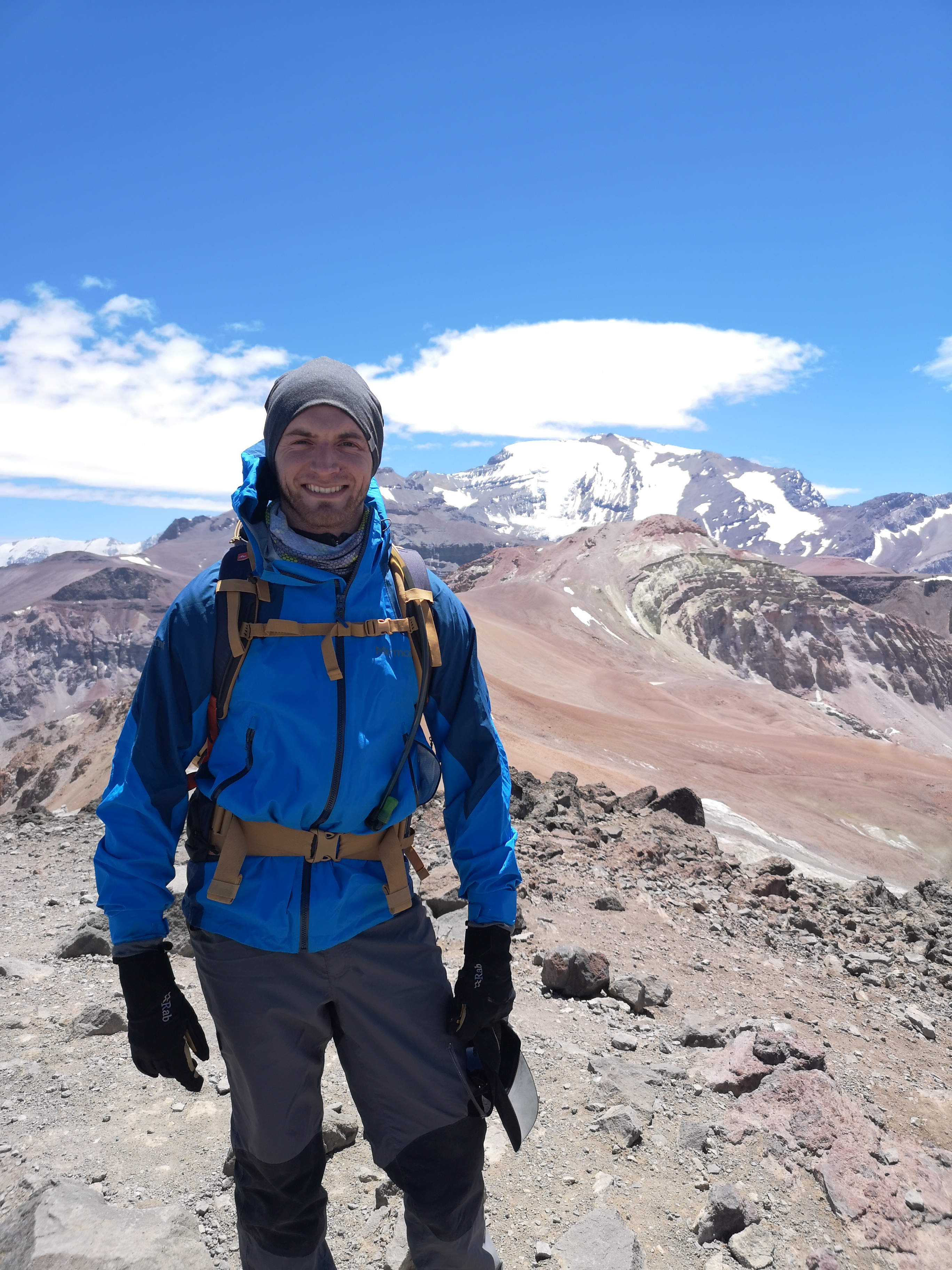


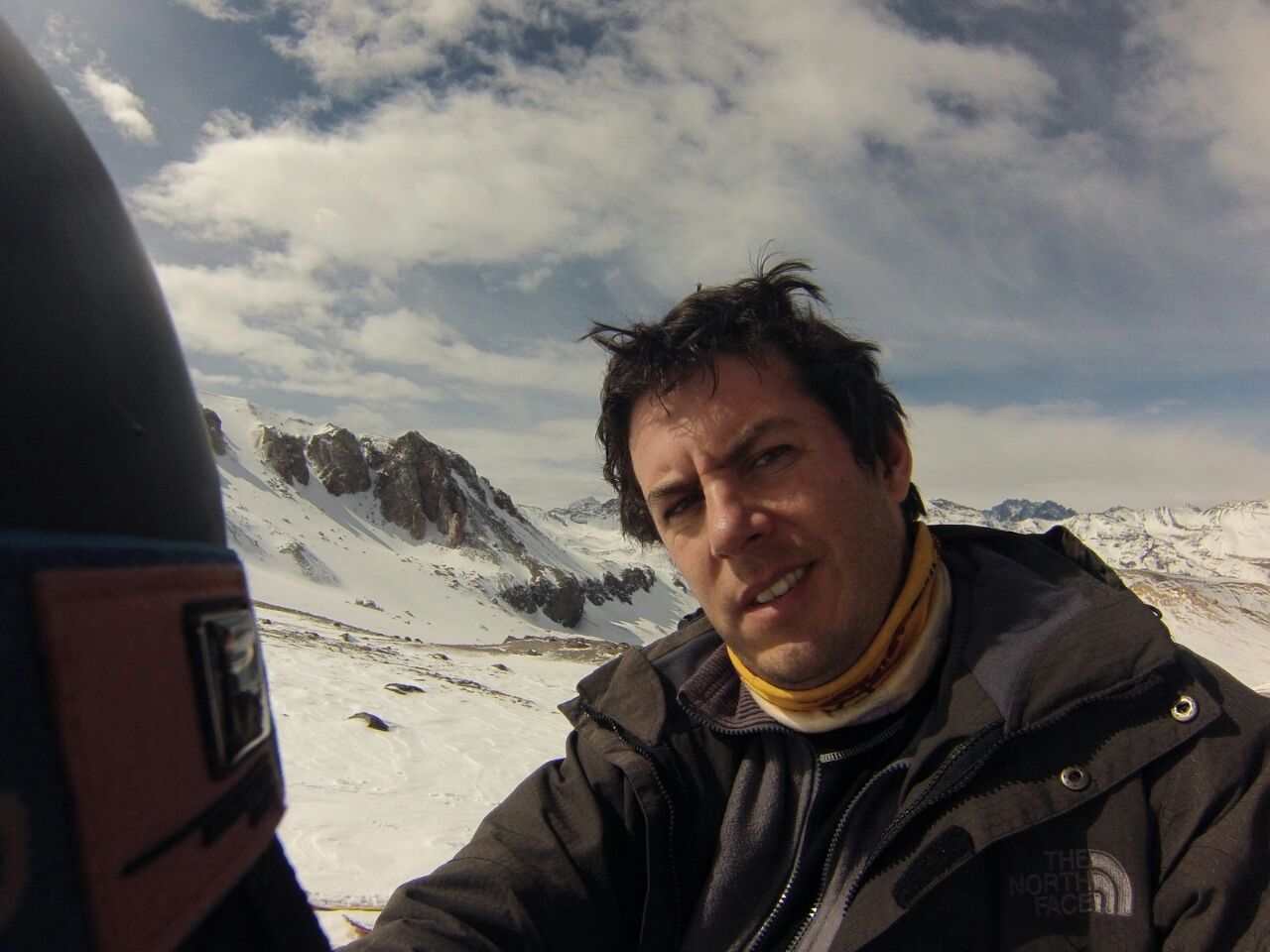
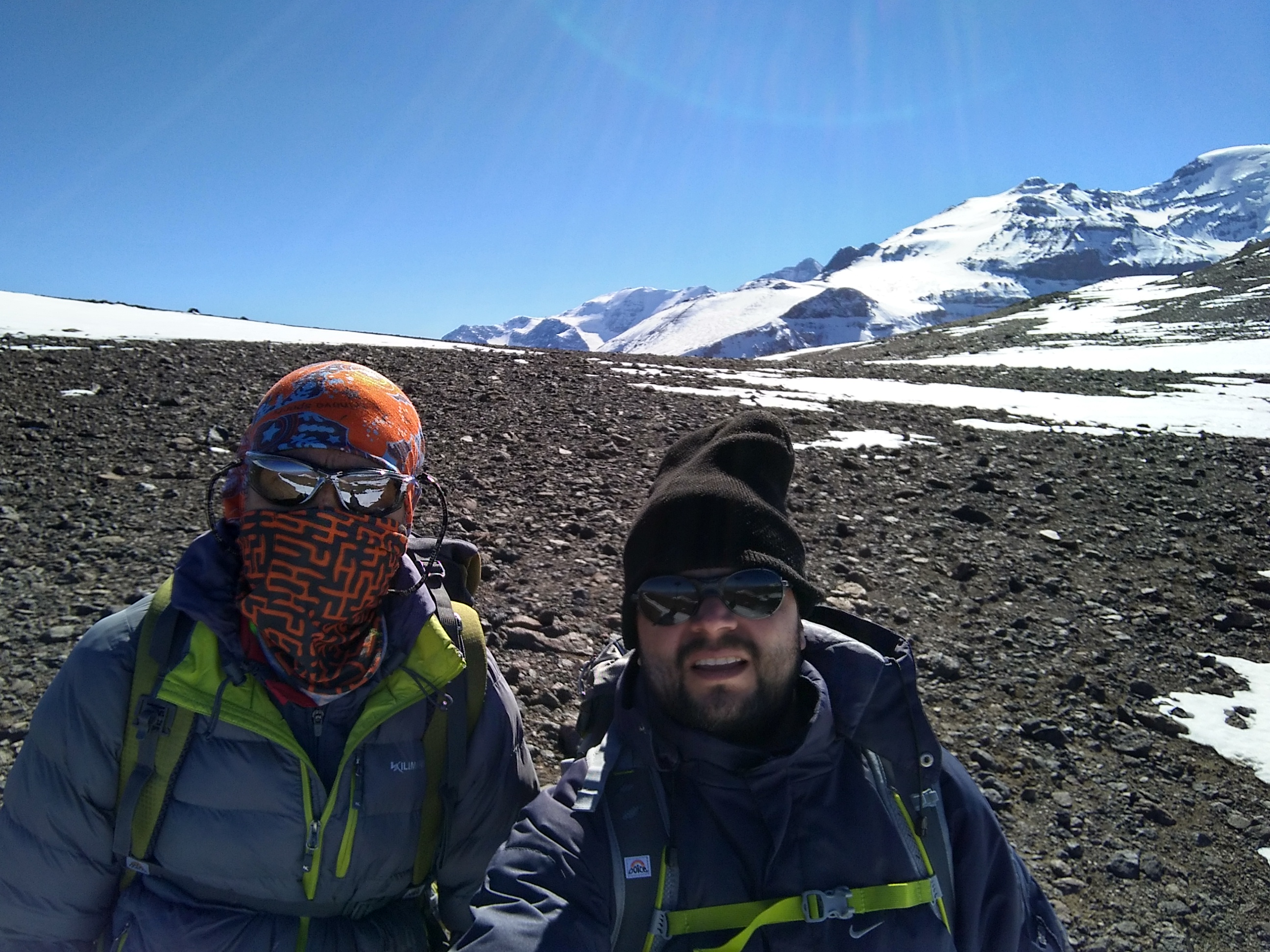
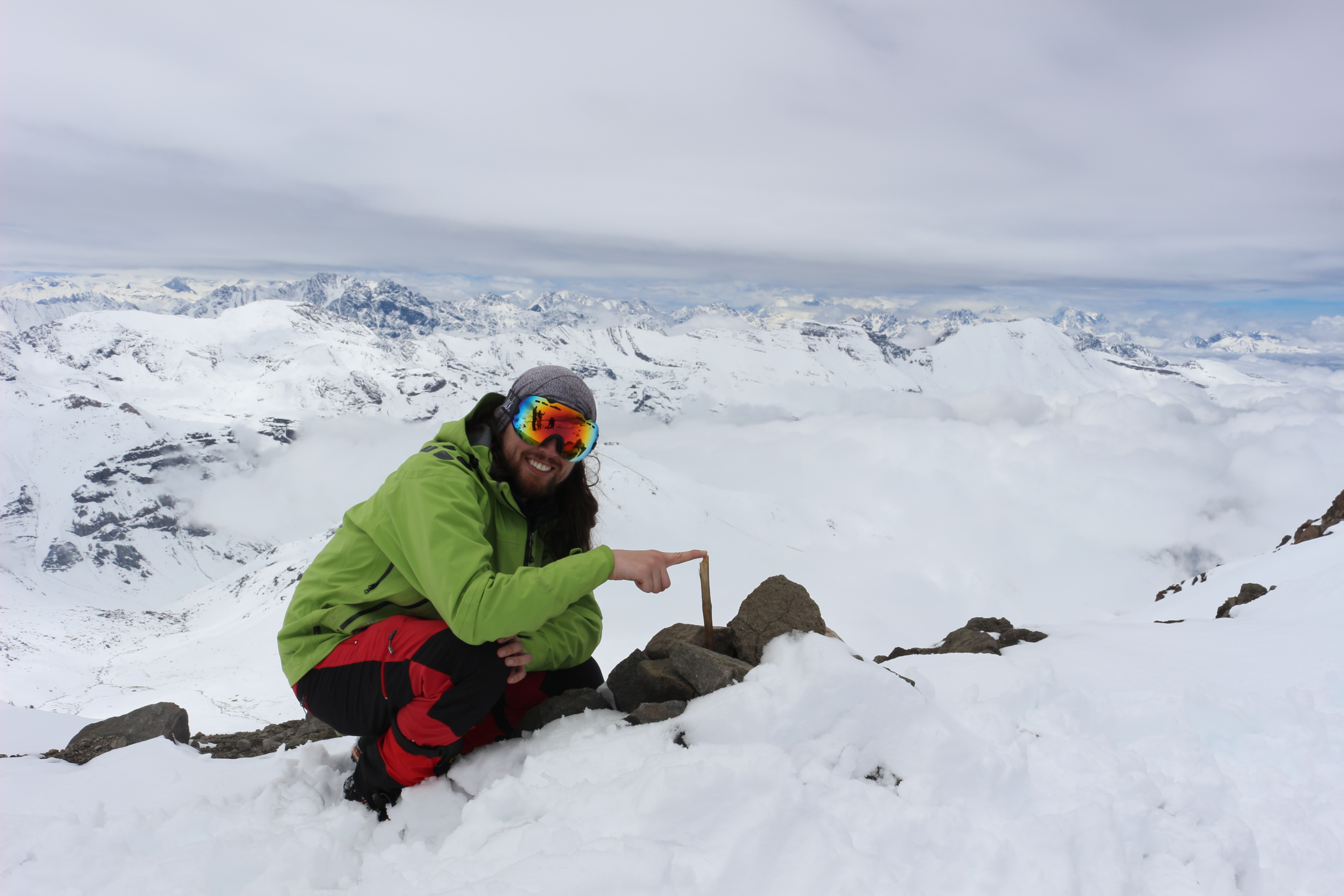
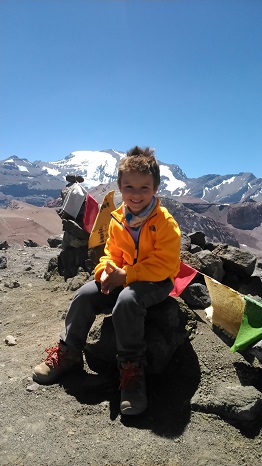
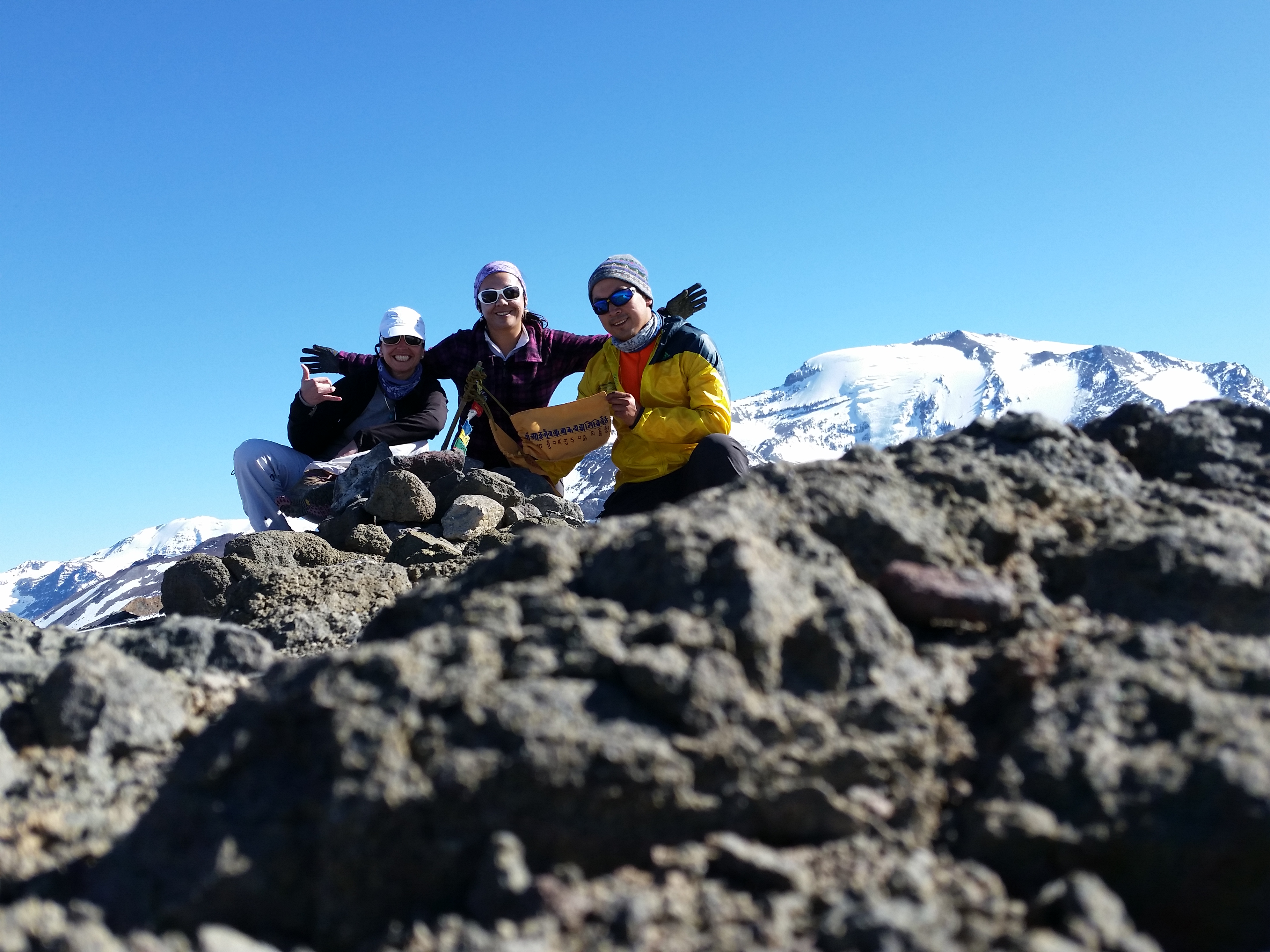


I did it!